An innovative reserve and collect scheme and integrated online shopping solutions are two uses of IT that are enabling retail brands to stand out in the marketplace. Claire Burke discovers what’s new.
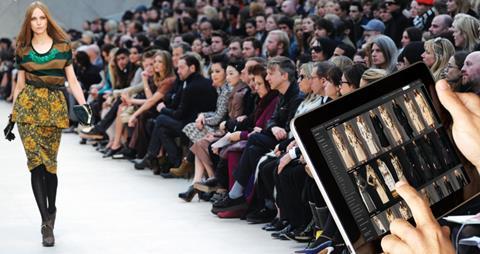
From demand analytics to mobile shopping, technology is constantly changing. Innovations in technology are allowing retailers to make the shopping experience faster, more convenient and more interactive. So who’s leading the way in retail?
From fashion to food, retailers are finding interesting ways of using technology to enhance their offer and, despite the current economic climate, investment in new IT is continuing. Technology hasn’t always been a strategic priority but, as these retailers show, it’s becoming a worthwhile way to stand out from the crowd.
Aurora Fashions
Andy Tudor is head of IT for Aurora Client Services. He works for technology supplier Retail Assist, which has been supporting Aurora Fashions – owner of brands including Warehouse, Oasis and Coast – and Karen Millen in introducing innovations in technology for the last 18 months.
Among them is ‘Anywhere Everywhere’, a new approach to stock management and order fulfilment. The process starts when a customer places an order on the website. The order is sent into the management system, which then sources the product from the distribution centre in the first instance. But if it’s not there, the order management system will source the product from a retail outlet instead.
Aurora was among the first to introduce the system. It was up and running in October last year, after the software had been tested and installed.
Tudor says: “We were certainly first in the fashion world and I know that other retailers are developing that capability. It’s all about not disappointing customers.”
The initiative means that customers receive products sooner, and stores can avoid marking down items in the store when they are still in demand online.
Tudor adds: “It’s also about inventory holding. You don’t need to hold as much overall in the business when you can ship it directly from the store. The cost of holding stock is reduced.”
Currys and PC World
Technology is also improving the order process at electricals retailer Currys and PC World. Brian Hume, managing director of retail consultancy Martec International, singled out the retailer’s Reserve and Collect service as an example of clever use of IT in retail.
It starts working once a customer has ordered an item on the Currys and PC World websites. They are then given the option of choosing a store to collect the item from.
An email will confirm the order – this usually takes five to 15 minutes – and they can pick up the product just an hour later.
Hume says: “The people at the front of the pack are going to do same-day click-and-collect. With Currys you can go an hour later to your store and pick it up, even if it’s out of stock in stores. Everyone doing online retail will have to go that way.”
To offer such a quick service, retailers need the technology to know what is in store at that very moment.
Hume explains: “You need to know what stock is in store now. Every time they sell an item in store they have to update the database in real time.”
He says that, when an item is sold, the information will be sent to the store’s headquarters immediately. “Within 20 minutes, I guess, the database is up to date. Three or four years from now you won’t be able to be competitive unless you’re doing that.
“There are only a small number of retailers doing this now but it will become obligatory in the not too distant future.”
Burberry
Martin Gill, principal analyst for ecommerce and channel strategy at Forrester Research, highlighted Burberry as leading the way in its in- store digital experience.
He says: “Burberry is one which stands out.
It’s probably the brand with the most advanced embedded digital strategy. Where they are pushing boundaries now is the in-store digital experience, the theatrical retail experience.”
Burberry’s fashion show in Beijing last year, for instance, featured both real models and holograms. “It was a blended digital and physical catwalk show, it looked amazing. They streamed it live to a number of flagship stores around the world,” says Gill.
Customers in Burberry stores were given iPads to watch the show and if they saw something they wanted, could order a product using the devices. This meant they were ordering garments before the lines were finalised.
Gill says that Burberry achieved this by integrating the manufacturing and ecommerce systems “Their processes are slick enough, enabled by technology. They can understand projected volumes and build stock,” he says.
Debenhams

Innovations in technology are allowing retailers to improve integration across their channels. Gill praises Debenhams for the way it has integrated its iPhone app shopping basket with its ecommerce operation.
He says: “They are one of the few brands to do this. Technically it’s complicated. You can go to a store, use your app to scan products, look at the price then drop it into your iPhone shopping cart.”
The customer might decide not to buy the item there and then. But, if they later go onto the store’s website the item will come up, giving the customer another opportunity to buy it.
Asos

Asos also has good integration of platforms. Gill says: “They integrate content, communities and ecommerce. Asos produces videos and season style guides, and it’s not just standalone content. There are always links that take you back to the ecommerce site.
They know the more you interact with a brand the better.” Everything from the fashion etailer’s Pinterest page to its print magazine can link customers back to product pages, driving traffic volumes.
There are so many areas to get right in retail technology it can seem a daunting task to know what to do first. But retailers are still getting it right, even in times of rapid change.
Tesco’s virtual success

Tesco is among the retailers leading the way in technology. In August, it unveiled one of the UK’s first interactive virtual grocery store in Gatwick Airport’s North Terminal.
It aims to help passengers avoid the inconvenience of coming home from holiday to an empty fridge. The store uses interactive digital displays, allowing passengers to browse, as they would in a physical store, and take advantage of the convenience of an online grocery shop and home delivery. Shoppers can view a range of products by scrolling through moving screens on large virtual fridges. By scanning the barcodes with their smartphones they can add chosen products to their online baskets, book a home delivery slot and pay.
Their shopping will then be delivered when they return from holiday.
Last year Tesco launched a virtual store in South Korea and it was able to use that experience when it came to opening its virtual store at Gatwick.
Tesco said the technological challenges it faced included the quality of the 3G signal, deciding whether it would need to use Wi-Fi, getting the specification of the barcodes just right to ensure customers would be able to scan them easily, ensuring staff understood the whole grocery operation from start to finish, and, in terms of the website, planning the customer journey to ensure it was a logical one.
Comment: Retail technology is a challenge
- 1
- 2
- 3
- 4
- 5
- 6
- 7
 Currently reading
Currently readingAnalysis: Using IT to lead the way in retail


























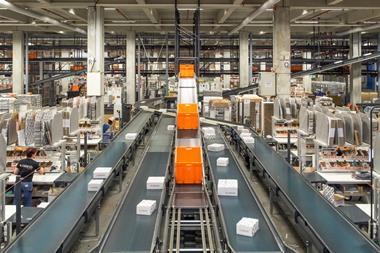
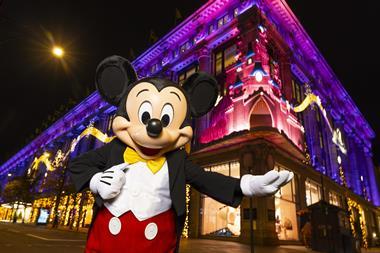
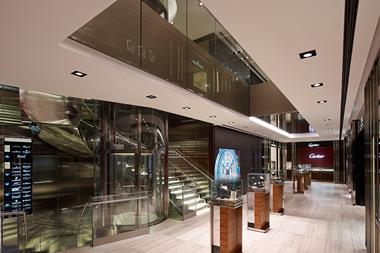

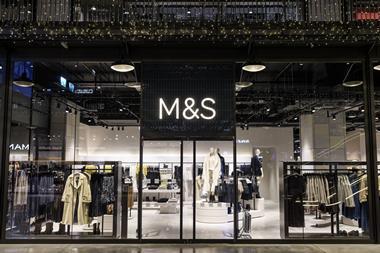

No comments yet